Before the First World War, one of the biggest names in American motoring was Studebaker. Interestingly, the company’s first production car, built from 1902, was electric, before their first petrol model in 1904.
Over the years, the Indiana-based company became something of a luxury brand, gaining a reputation for quality and reliability.
On 11 February, 1922, Autocar got behind the wheel of the new Studebaker Light Six – named for its 23.5hp six-cylinder engine – which we billed as “a car in which practical points for the owner-driver are emphasised”.
“It is unusual to encounter a five-seater car selling in the neighbourhood of £500 with a performance equal to that of the Light Six Studebaker,” we began.
Indeed, today that’s equivalent to around £25,628 (or a new Audi A4).
Autocar had a week long test of the car, and we were impressed from the off: “The road qualities of the car are entirely in keeping with its up-to-date design and specification. The engine is the heart of a car, and it is in the possession of a sound heart that the Studebaker excels.”
In 1922, there was far more variety in the construction of engines, and a knowledge of their mechanisms would have been crucial for the owner.
We explained: “Its six-cylinder engine is remarkably silky in its operation, silent, flexible to a wonderful degree, and, notwithstanding this fact, is silent in regard to its valve tappets, thanks mainly to the enclosed chain-driven camshaft, running in a bath of oil, and the careful design of valve operation by bell crank levers with a rolling contact for the cam face. A sturdy four-bearing crankshaft explains in no small measure the vibrationless qualities of the power unit.”
On the road, we were mightily impressed. In London traffic, we found the controls to be easy to use, while the engine was “content to tick over on top gear at speeds even below normal walking pace with no sign of distress.”
On a road trip to Birmingham, it performed excellently, while hill-climbing was a joy, with the clutch the lightest we had ever experienced and without a tendency to slip.
The practical considerations Studebaker had made on the Light Six impressed us yet further.
The clutch pedal was positioned high from the footwell’s floor, stopping the driver from using it as a footrest, helping to reduce wear on the clutch itself.
Another great feature - especially for British owners – was the engine’s ease of warming up.

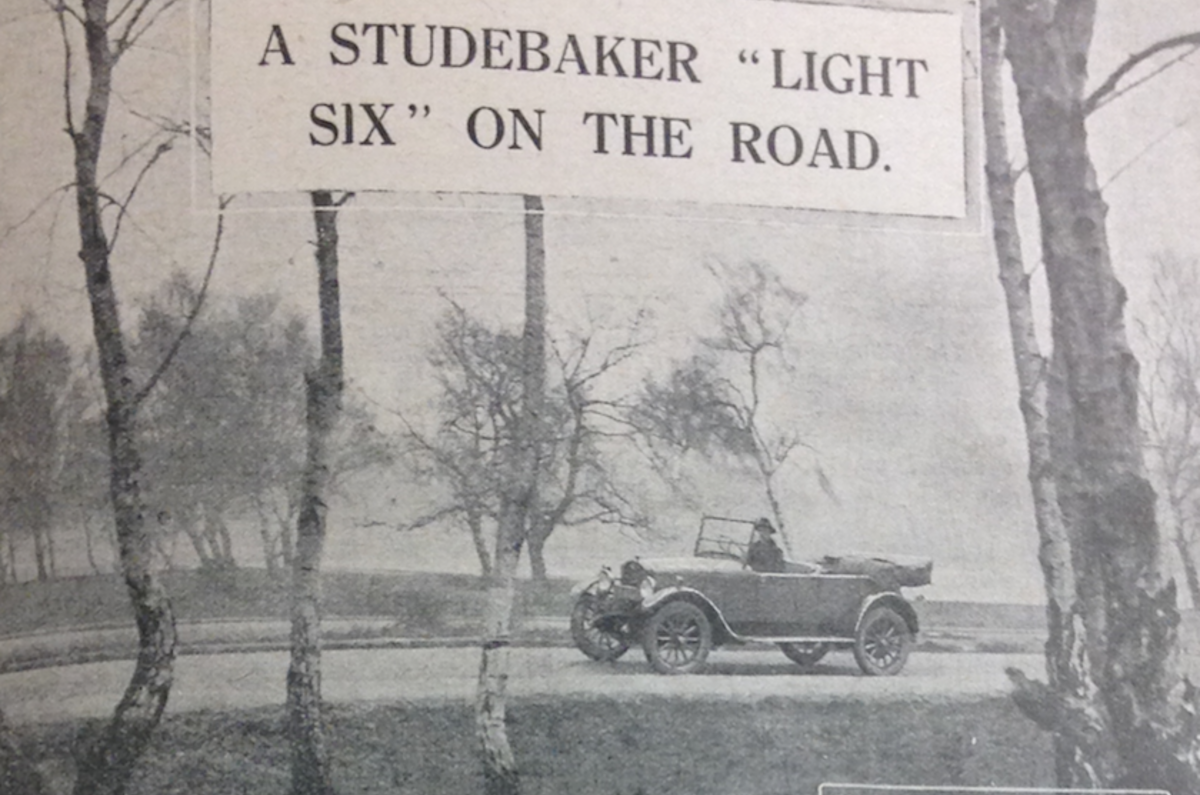
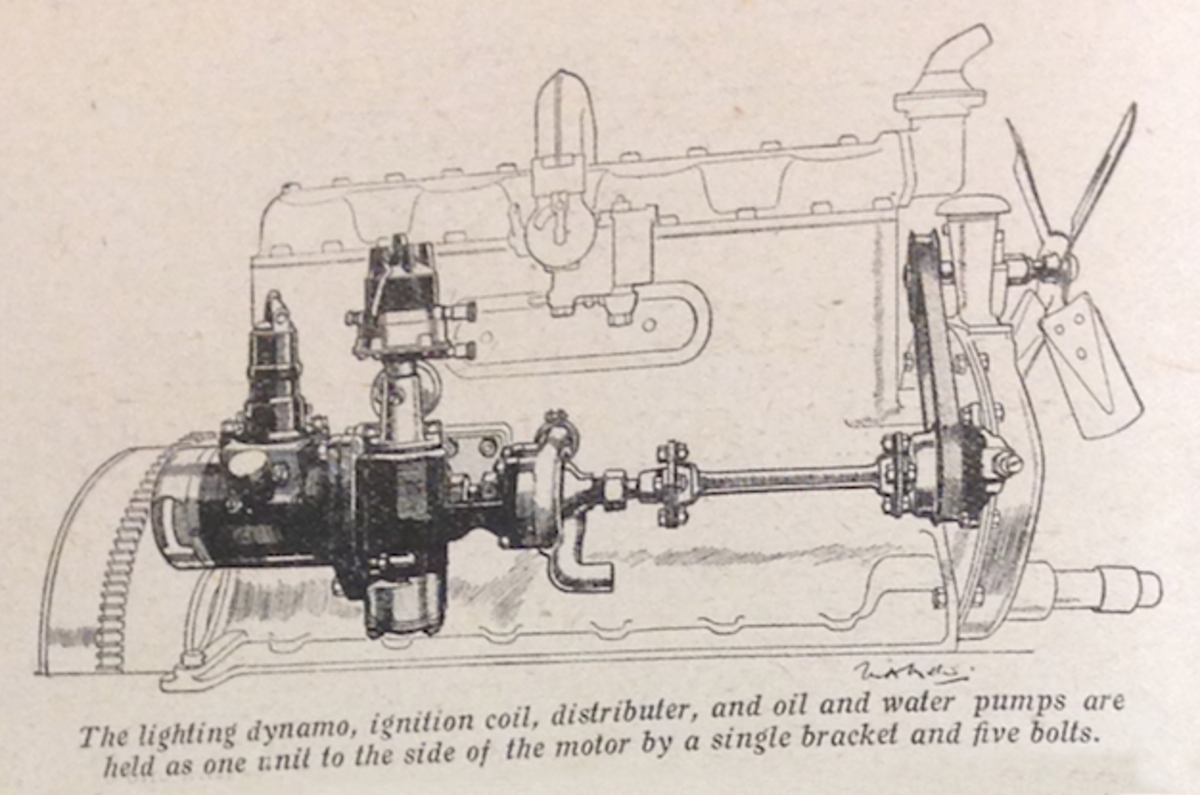

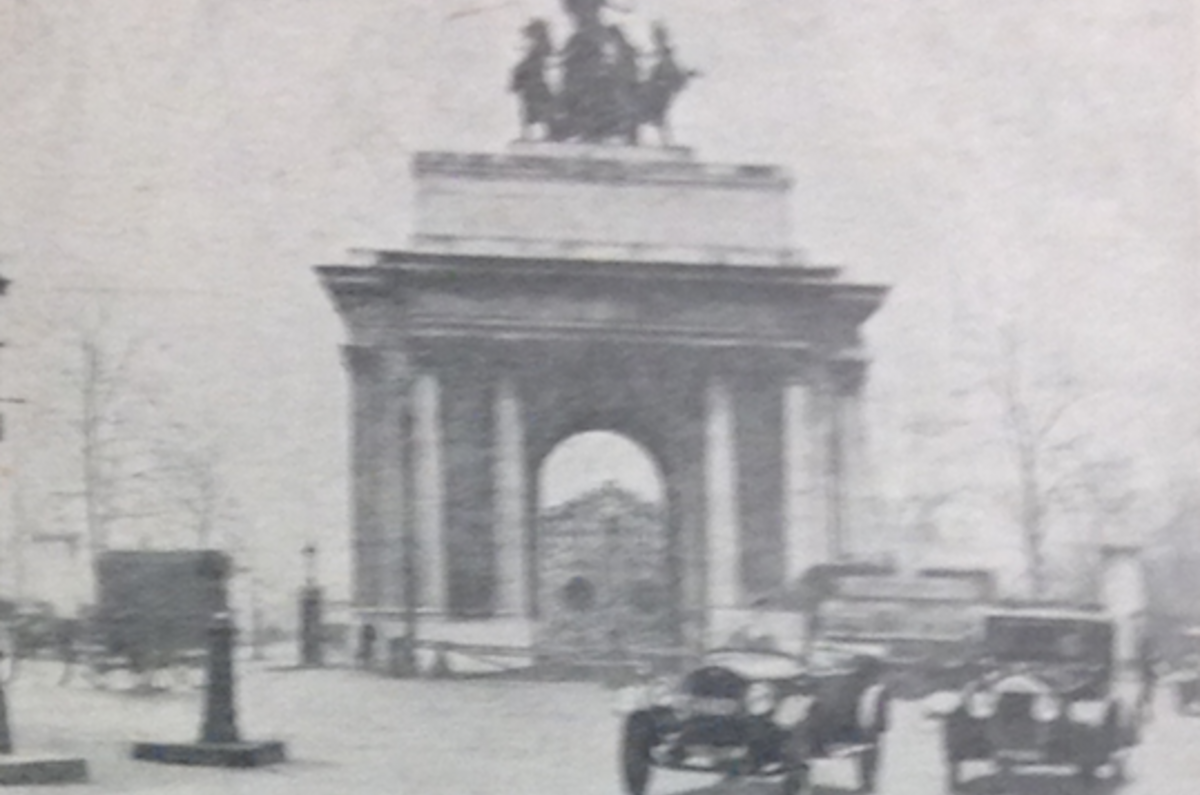
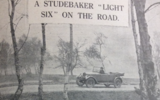
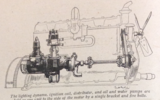
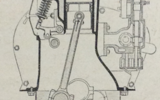
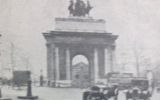



Add your comment